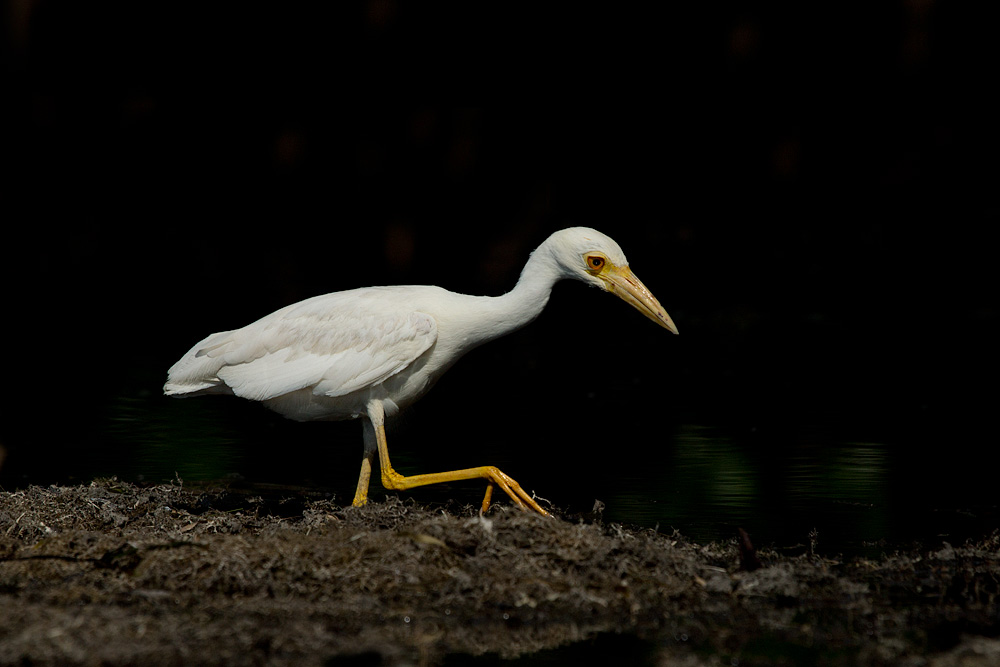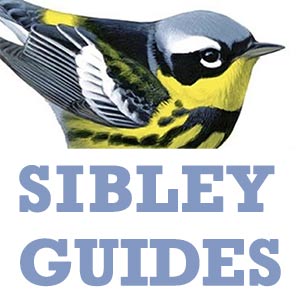Here is a photo of a white heron, taken by Constance Mier on the main shoreline of Biscayne Bay National Park, near Miami, Florida, on May 25, 2012.
You can see more of Constance’s photos at her webpage: http://cmierphotoandfitness.net/myphotos.html

[mtouchquiz 49]


Wouldn’t the condition be leucism vs albinism?
Good question. I think the terms are mostly interchangeable and in popular usage there is no difference. I wrote about it a year ago here – https://www.sibleyguides.com/2011/08/abnormal-coloration-in-birds-melanin-reduction/ – and even though I used “leucistic” in that post, my thinking has continued to develop towards the idea that “leucistic” is redundant and confusing (and it’s awkward as a spoken word). There are so many different conditions that can cause a loss of pigment, and the resulting appearance of the bird can be so varied, that it is impossible to categorize them with just a few terms that actually work and hold meaning.
So I think we should use the terms “albino” and “partial albino” to label any and all pigment reductions, and if we want we can add the term “dilute plumage” for birds that are pigmented but paler than normal. We don’t need any more than that, and realistically we can’t make much finer distinctions in the field.
The link to Constance’s website is broken. It looks like the period in the URL is causing the problem. When I removed it and copied and pasted the link to my browser it works fine.
Thanks Robert, it is fixed now.
Very nice! Although it has none of the markings we expect, the structure, particularly bill length and weight, is good clue. ~Matthew
Neat quiz bird. Poor little guy has a bit of a sad expression on his face in the photo. 🙂